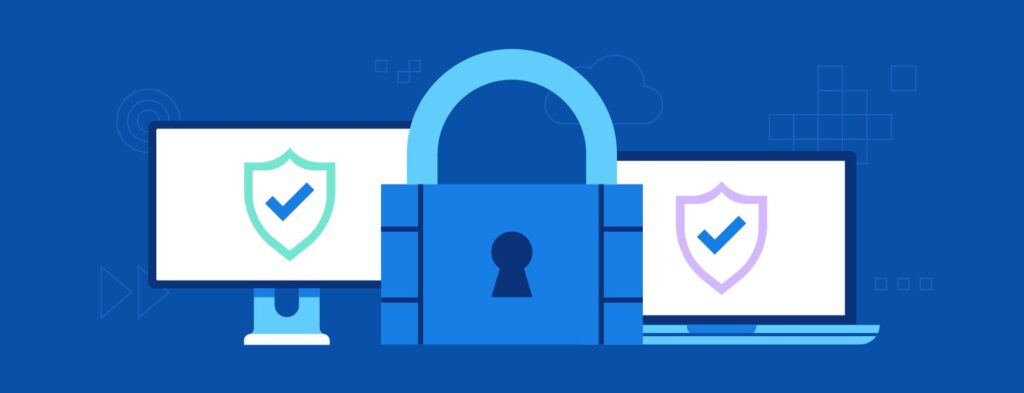With cyberattacks and data breaches on the rise, many companies are looking for a way to take a more proactive approach to their overall security.
One way to do that is by measuring your security posture. Security posture is a way to gauge your organization?s overall security status. A security posture assessment will help you identify weaknesses so you can better prepare your business for any threats it may face.
Read on to help you better understand why security posture is important and how to measure your organization’s posture.
Why is security posture important?
Security posture is important because it allows you to gain a complete overview of how well your security strategy is or isn?t working.

A security posture assessment will help you identify weaknesses and vulnerabilities so you can proactively address them rather than waiting until after a cyber attack or data breach has happened.
Security posture statistics
Here are a few industry statistics to help illustrate just how important getting a handle on your security posture is:
- 2021 had the highest average data breach cost in 17 years. (IBM)
- Compromised credentials caused the most data breaches in 2021. (IBM)
- 70% of security and IT professionals say that security hygiene and security posture management has become increasingly challenging over the past two years. (JupiterOne)
- Nearly 7 in 10 companies experienced at least one cyber attack due to an unknown, unmanaged, or poorly managed internet-facing asset. (Enterprise Strategy Group)
- In 2021, the average cost of a data breach in the United States was $9.05 million and it took an average of 287 days to identify and contain a security breach. (IBM)
How to improve your security posture
Short description
Prepare for the unexpected
Life has a tendency of throwing curveballs and the same can be said for business. One of the best ways to be proactive and prepared in the face of the unexpected is to, well, plan for it.
Though we?d like to think disasters (man-made and natural) won?t happen to us, not planning for those instances can leave your business in a vulnerable position.
Setting up a recovery plan will help your business bounce back and return to normalcy in a shorter time period. Your plan should include a checklist of what to do in the event of a variety of incidents.
Your team should also be instructed on who to alert and steps for minimizing the incident. One way to prepare your team is by running mock drills of different incidents so employees can feel more comfortable if a real scenario were to happen.
Conduct a risk assessment
If you don?t know what risks your business faces, you can?t do an accurate job of addressing them. This is where a risk assessment comes into play.
A risk assessment will help you map the various threats your business faces and rank them based on the likelihood of them happening and the impact they pose.
Risk assessments are also a time to evaluate your third party vendors, as they can be a weak point in your overall business security posture.
Train your employees
Security awareness training, as well as training on password best practices and device management is a great way to ensure your team is up-to-date on security policies.
Training should be provided to every employee during the onboarding phase and on a regular basis for the entire staff.
To help you evaluate your company?s security posture, our friends at Secureframe created this helpful flowchart. No matter if your posture is weak, average, or strong, there are steps you can take to tighten up your security standing and put security first.

As the editor of the blog, She curate insightful content that sparks curiosity and fosters learning. With a passion for storytelling and a keen eye for detail, she strive to bring diverse perspectives and engaging narratives to readers, ensuring every piece informs, inspires, and enriches.









